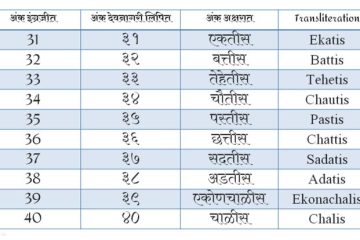Understanding the Current Wave of Pakistan Protests

Introduction: The Significance of Pakistan Protests
The ongoing protests in Pakistan represent a significant moment in the country’s turbulent political landscape. With widespread discontent fueled by economic challenges, political instability, and public disillusionment, these protests highlight the urgent need for socio-economic reforms and a responsive government. The situation has escalated recently, drawing national and international attention to the underlying issues the country faces.
Main Events and Facts
In recent weeks, a series of protests have erupted across major cities in Pakistan, including Lahore, Karachi, and Islamabad. The protests began as a response to rising inflation, unemployment, and deteriorating living conditions. According to the Pakistan Bureau of Statistics, inflation has spiked to over 20% recently, overwhelming families already struggling to make ends meet.
Moreover, political tensions have flared following allegations of governmental mismanagement and corruption, with demonstrators demanding accountability and a re-evaluation of policies that adversely affect the populace. The protests have been marked by clashes between law enforcement and protestors, leading to numerous injuries and arrests, further escalating the unrest.
Several political parties have also joined the demonstrations, uniting diverse groups in a call for change. The leading opposition party, the Pakistan Peoples Party (PPP), has openly supported the protest movements, claiming the current government has failed its citizens.
Government Response and Implications
In response to the escalating protests, the government has attempted to placate the public by announcing several relief measures, including subsidy programs for essential goods. However, many citizens remain skeptical, citing a lack of effective implementation and transparency as significant issues.
The situation has led to a heavy police presence in protest hotspots, and the government has urged citizens to maintain peace and order. Nevertheless, the underlying socioeconomic concerns persist, with many analysts predicting that the protests are likely to continue as discontent grows.
Conclusion: What Lies Ahead
The ongoing protests in Pakistan are a crucial indicator of the mounting pressures faced by the population. As government responses are assessed and opposition groups mobilize, the government’s ability to address these grievances will be pivotal in determining stability in the near future. For citizens, staying informed on these developments and advocating for change will remain vital in shaping Pakistan’s socio-political future. The potential for reform and progress exists, but it will require a concerted effort from both the government and the populace to realize it effectively.







